Table of Contents (click to expand)
Smoke masks bees’ sense of smell and prevents the transfer of intruder alarm signals. Smoke fools bees into thinking there is a forest fire, so they essentially get drunk on honey, which calms them.
Who doesn’t love the warm, sweet sundrops stored in golden jars of honey? Honey is one of the only foods that are extremely healthy and yet tastes heavenly.
But have you ever wondered how beekeepers manage to steal this ambrosia from the stingy (pun intended) clutches of honey bees?
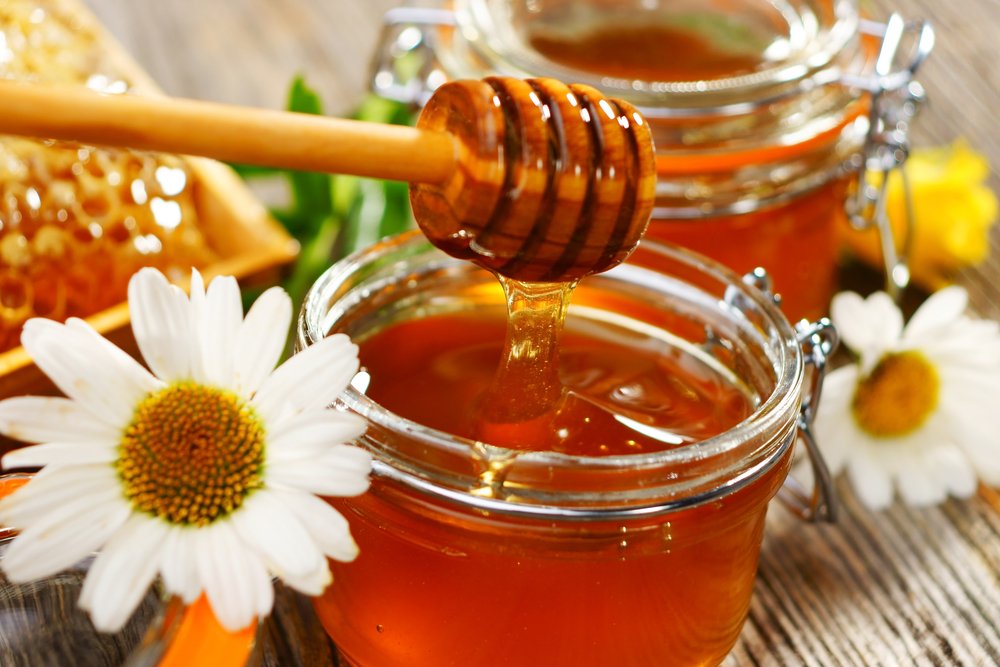
To protect the honey, a valuable treasure for bees, a small class of worker bees guards the bee colony like bouncers. When you approach the hive, these bees immediately sound the alarm among the protective bees, which hum and sting furiously to defend their home, even if it means sacrificing their lives to protect their home.
Yes, many species die after they sting you.
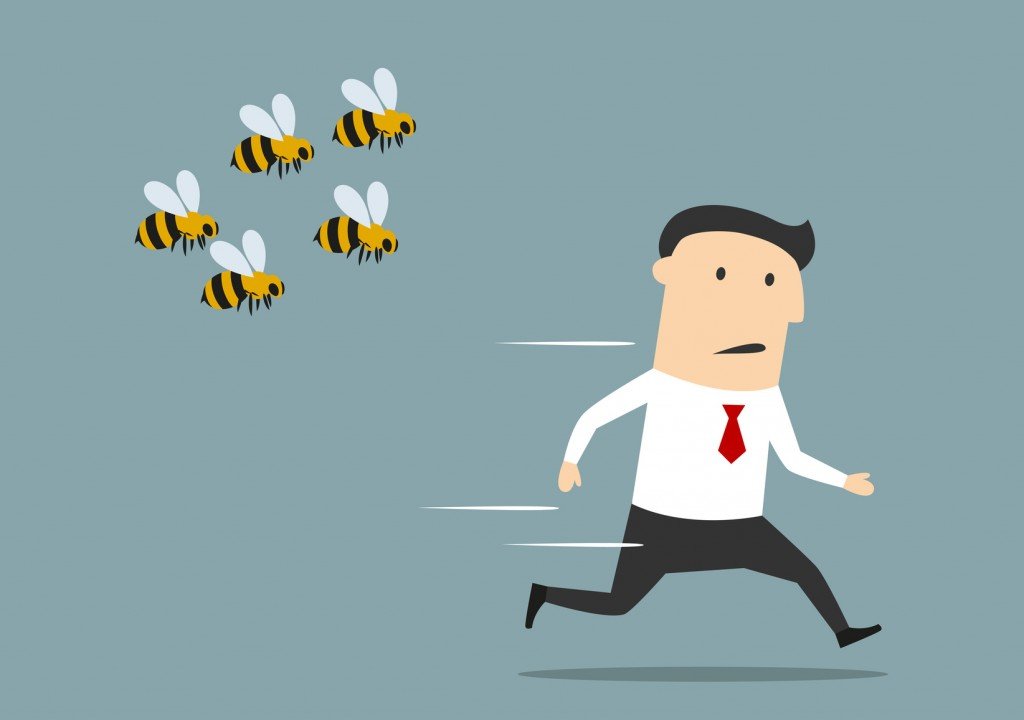
This is why beekeepers use a special technique to protect themselves from the bees while tending to the hive or harvesting honey: passing smoke through the hive.
Smoking Bees: What Does Smoke Do To Bees?
Beekeepers use a bee incense device designed to produce smoke by smoldering various fuels, using pine needles, wood shavings, paper egg cartons, pellets, rotten wood, dried cow manure, etc.
Long before the invention of this newfangled bee smoker, early humans had discovered that smoke pacified bees. Ancient Egyptian artwork depicts beekeepers smoking beehives. In fact, similarly, basic ways of using the smoke to calm down bees are still practiced in remote hilly areas of Nepal.
Over there, it is used to collect psychotropic honey from dangerously located colonies hanging on the sides of cliffs. In the late nineteenth century, American inventor Moses Quinby invented the modern bee smoker with a bellow attached to a tin burner.
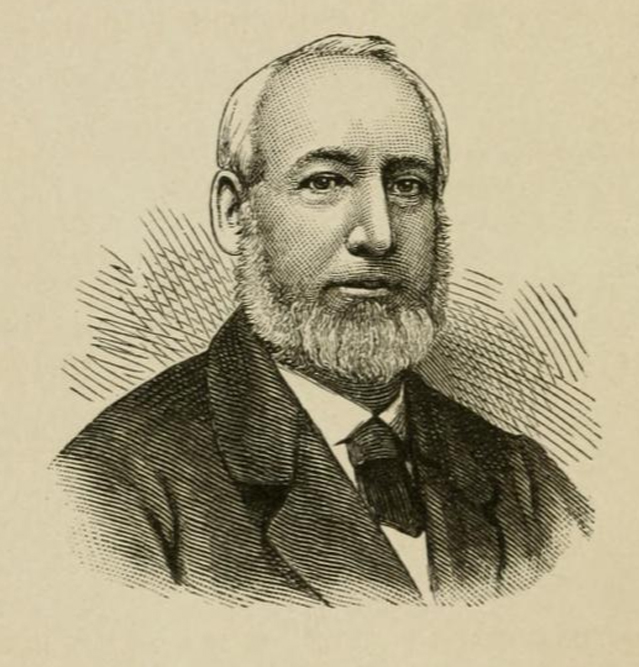
Due to advances in science and research and the wisdom gained from them, experts believe that the smoke pacifies the bees in two ways: it impedes their sense of smell and triggers their survival response.
Suppresses The Pheromone
The predominant mode of communication for bees is their sense of smell. Whenever there is an intruder near the hive, the bees secrete alarm pheromones, isopentyl acetate, and 2-heptanone. A pheromone is a substance secreted by an animal that causes a specific reaction in another individual of the same species. These alarm compounds trigger an alarm response in other bees, which readies them to stage an attack against the intruder. In fact, beekeepers have reported a distinctive smell of pheromone when they intrude into bee colonies. They say it smells something like bananas or banana oil.
So when you smoke a hive, it essentially masks the smell of the secreted pheromones and prevents other bees from being alerted of an intrusion.
Creates The Illusion Of A Forest Fire
Another explanation for smoke calming the bees is that when a beekeeper smokes out the hive, the bees interpret the smoke as a sign of a forest fire. Bees assume that they have to leave their habitat and look for a new one, or they’ll perish in the fire!
As a natural response to this threat, they store as much honey as possible in their bodies. This helps them build a new home elsewhere.
It takes approximately 8 pounds of honey for bees to make a pound of wax. Hence, they gorge on the honey and inundate their bellies with it. This makes them lethargic—just like humans after overeating. This lethargy subdues their stinging response, as they become too slow and groggy to attack.
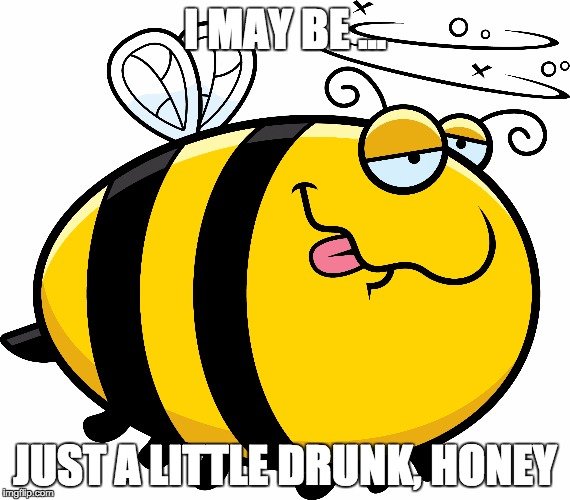
Now let’s look at the technical details of the bee smoker and try to understand how it works to placate the bees.
Also Read: Can Bees Get Drunk?
Bee Smoker
The design of the modern-day bee smoker is simple. Although the original smoker designed by Quinby had some holes punched in it, these holes distributed the smoke evenly. However, the design of bee smokers has evolved. Now the smoker’s can comes with a bellow attached on the side and a spout on top so you can direct the smoke precisely where you want.
Smoking Fuel
Smoker fuel, which is used to release the smoke, is the heart of the bee smoker. Smoker fuel basically needs two things: a starter and kindling.
As the name implies, the starter should be something that lights up quickly and remains lit long enough to start the ignition, which is the next step. Newspapers, cardboard strips, or pine cones can be used as starters.
Basically, what you do is light up the starter and put it inside the can of the bee smoker, over which kindling would be stuffed. Some people use the kindling directly, without using a starter, but it requires more skill to thoroughly start a fire from kindling without a starter.
For kindling, you’ll need small and thin pieces that light easily and remain lit for an extended time. Pine needles work well for this purpose. Other alternatives are wood shavings, dried cow manure, hamster bedding, dried shredded leaves, and laundry lint. It is recommended that you avoid using chemical-based fuel, as these chemicals would be mixed in the smoke. Also, as you smoke the region, you will end up inhaling some, and you don’t want to inhale toxic chemicals during this delicate process.
How Bee Smokers Work
The functioning of a bee smoker is quite simple: First, you take a starter, such as a piece of newspaper. You crumple it and light it with a lighter. You throw this ignited starter into the can. Then you pump the bellows to push oxygen into the burning starter.
As you pump, you see smoke coming out of the spout. Now you take a handful of burning fuel, like wood shavings, and stuff it over the burning starter in the can. When you tip more “fuel” into the canister and pump the bellows, you will hear a typical woof-woof sound when the ignition of the fuel starts burning well.
Be careful how you package the inflammation material. If you push it too far down, it can obstruct the airflow from the bellows, which would make it difficult to keep your bee smoker running and smoking for long.
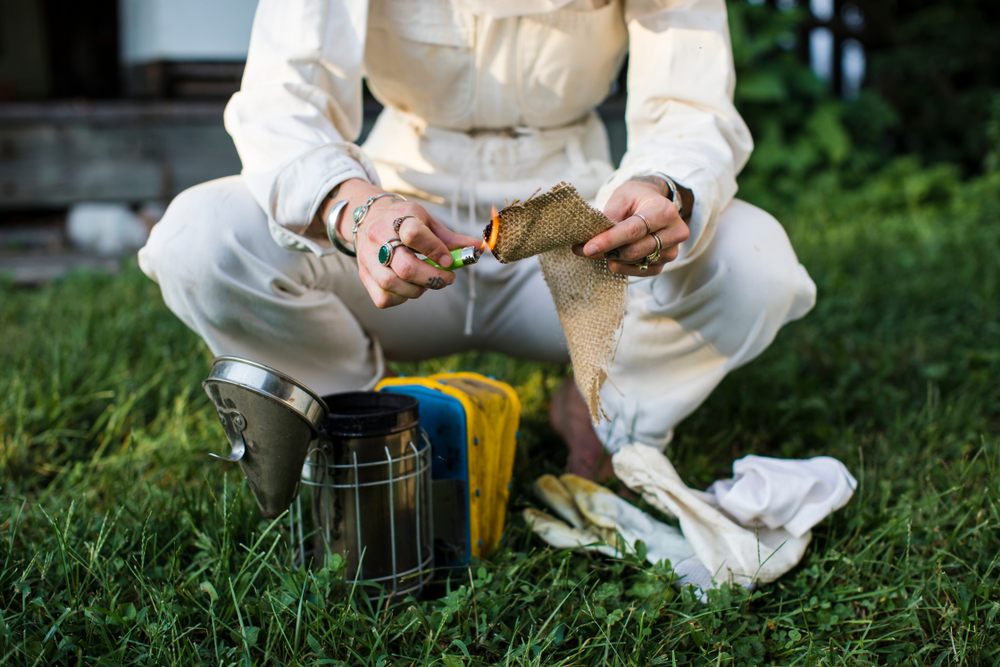
Precautions When Using A Bee Smoker
Beekeepers have used this technique for generations since it doesn’t have long-term side effects on the bees’ health. Their pheromone sensitivity returns in approximately 10 to 20 minutes after the smoke dissipates. However, beekeepers do have to be careful with the tools they use for smoking. Very high temperatures can melt the bees’ wings. They must try to keep at least five inches away from the bees while smoking.
Although it is difficult to release the right amount of smoke, most beekeepers say that it is better to smoke less than to smoke more. Excessive smoking also carries the risk of contamination of stored honey and wax. As already mentioned, it is recommended to avoid any chemical ignition material, as it would be toxic for both bees and beekeepers.
The smoker can get really hot. Although modern bee smokers are equipped with a protective wire closure around the can, it is still a bit risky as fingers can slip through the cage and come into contact with the very hot can, leading to burns. Professional beekeepers hold the smoker by the bellows or attach a hook to hold the smoker.
Also, the beekeeper needs to be wary about keeping the smoker on any surface. Because the bottom is very hot and susceptible, the material beneath it can melt or scorch due to heat. Also, please don’t keep the smoking can on the ground full of sand or debris, as the hot air passing from the bellows would pull them towards the can. This, in turn, could lead to the clogging of the smoker, which could then start to malfunction.
Careful application of a bee smoker while adhering to all these precautions can greatly facilitate the honey harvest process.
So next time you open the honey jar, don’t feel too guilty – no bees have been harmed to make it!
That being said, you’ve just stolen a bunch of their food by essentially knocking them out and force-feeding them their own honey.
Also Read: What Happens To Bees When They Get Lost?
Do you know what smoke does to honey bees?

References (click to expand)
- Tan, K., Dong, S., Li, X., Liu, X., Wang, C., Li, J., & Nieh, J. C. (2016, March 25). Honey Bee Inhibitory Signaling Is Tuned to Threat Severity and Can Act as a Colony Alarm Signal. (L. Chittka, Ed.), PLOS Biology. Public Library of Science (PLoS).
- Visscher, P. K., Vetter, R. S., & Robinson, G. E. (1995, January). Alarm pheromone perception in honey bees is decreased by smoke (Hymenoptera: Apidae). Journal of Insect Behavior. Springer Science and Business Media LLC.
- Handling bees - Mid-Atlantic Apiculture Research and .... The University of Delaware
